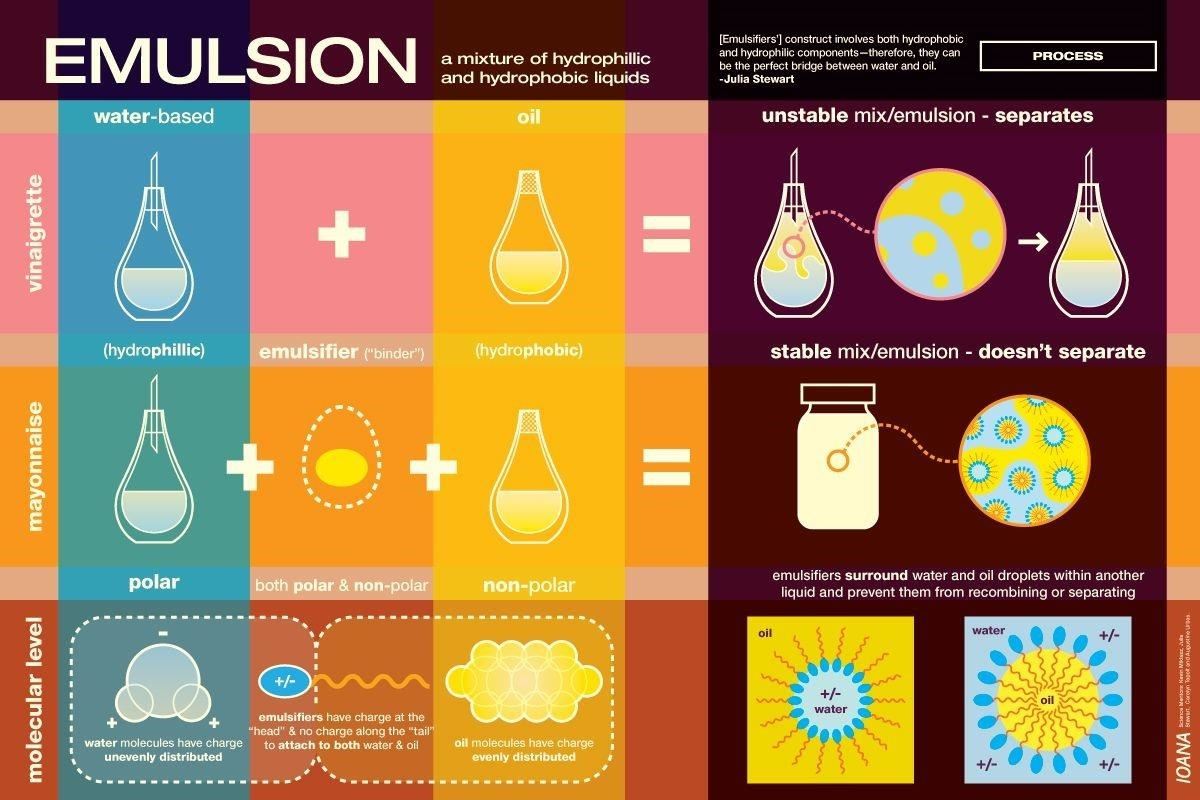

Methods to prevent formation of emulsions or emulsified oil from entering an estuary should be considered during an oil spill. Grass shrimp can comprise up to 56% of the biomass of pelagic macrofauna in estuarine tidal creeks and are important in the diet of many estuarine fish. They suggest that if emulsified oil is not prevented from entering an estuary, water-in-oil emulsion can result in prolonged toxicity to grass shrimp. The results of the present project provide expected rates of PAH decrease in estuarine sediments. If these PAH decreases occur at the same rate observed in our studies, then emulsified oiled sediments would show toxicity for several months if emulsified oil entered an estuary during a spill.


Sediments after oil spills may have higher PAH concentrations (6000 to 100,000 µg/g sediment) than were present in our mesocosm studies. The persistence of PAHs in emulsified oiled sediments, relative to nonemulsified oiled sediments, is the likely explanation of the prolonged toxicity of the emulsified oiled sediments. Comparable results were found between the two assays (embryo hatching/DNA strand breaks versus embryo production) with sediments from Days 14 and 36. A second assay exposed grass shrimp embryos to sediment pore water followed by determination of embryo hatching rates and DNA strand breaks. In contrast, grass shrimp exposed to non-emulsified oiled sediments were not affected with respect to embryo production compared to controls. Female grass shrimp exposed to Day 14 emulsified oiled sediments did not produce embryos and exposure to Day 36 sediments resulted in reduced embryo production. The mesocosm studies showed that emulsion treated sediments had polycyclic aromatic hydrocarbon concentrations (PAH) of 284, 198, 89, 49 and 7 µg/g sediment on after Days1, 14, 28, 42 and 56, respectively, while non-emulsified oiled sediments had concentrations of 271, 14, 3, 0.3 and 0.2 ug/g sediments on these same days, respectively. To achieve this objective, a stable emulsion formed from Kuwait crude oil, as well as nonemulsified oil, was added to estuarine mesocosms, followed by exposure of the estuarine grass shrimp (Palaemonetes pugio) to treated sediments. The primary objective of our studies was to determine the fate and effects of such emulsions after they enter estuaries. Stable water-in-oil emulsions, often formed after oil spills, contribute to the difficulties of cleanup due to their persistence and high viscosity.


 0 kommentar(er)
0 kommentar(er)
